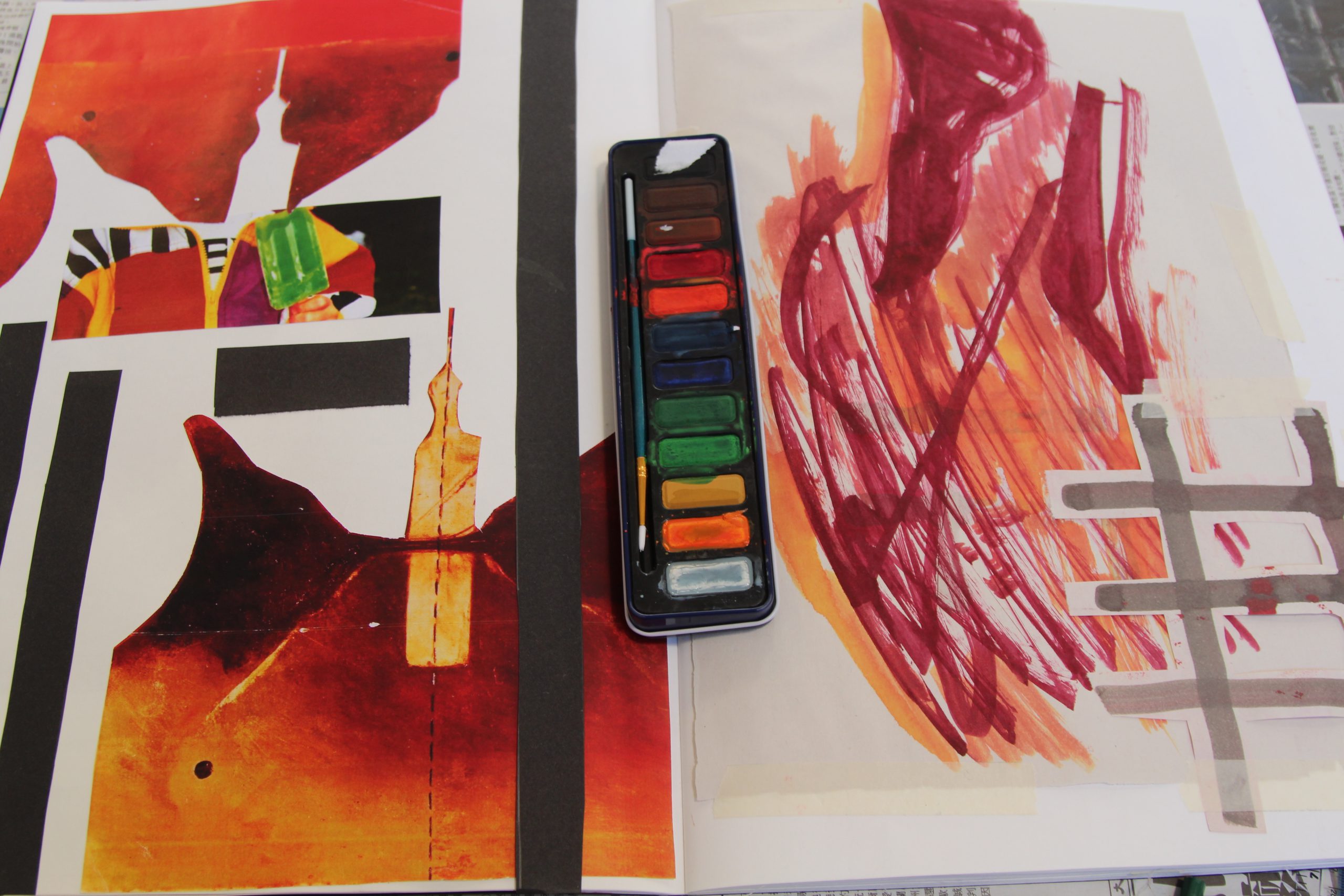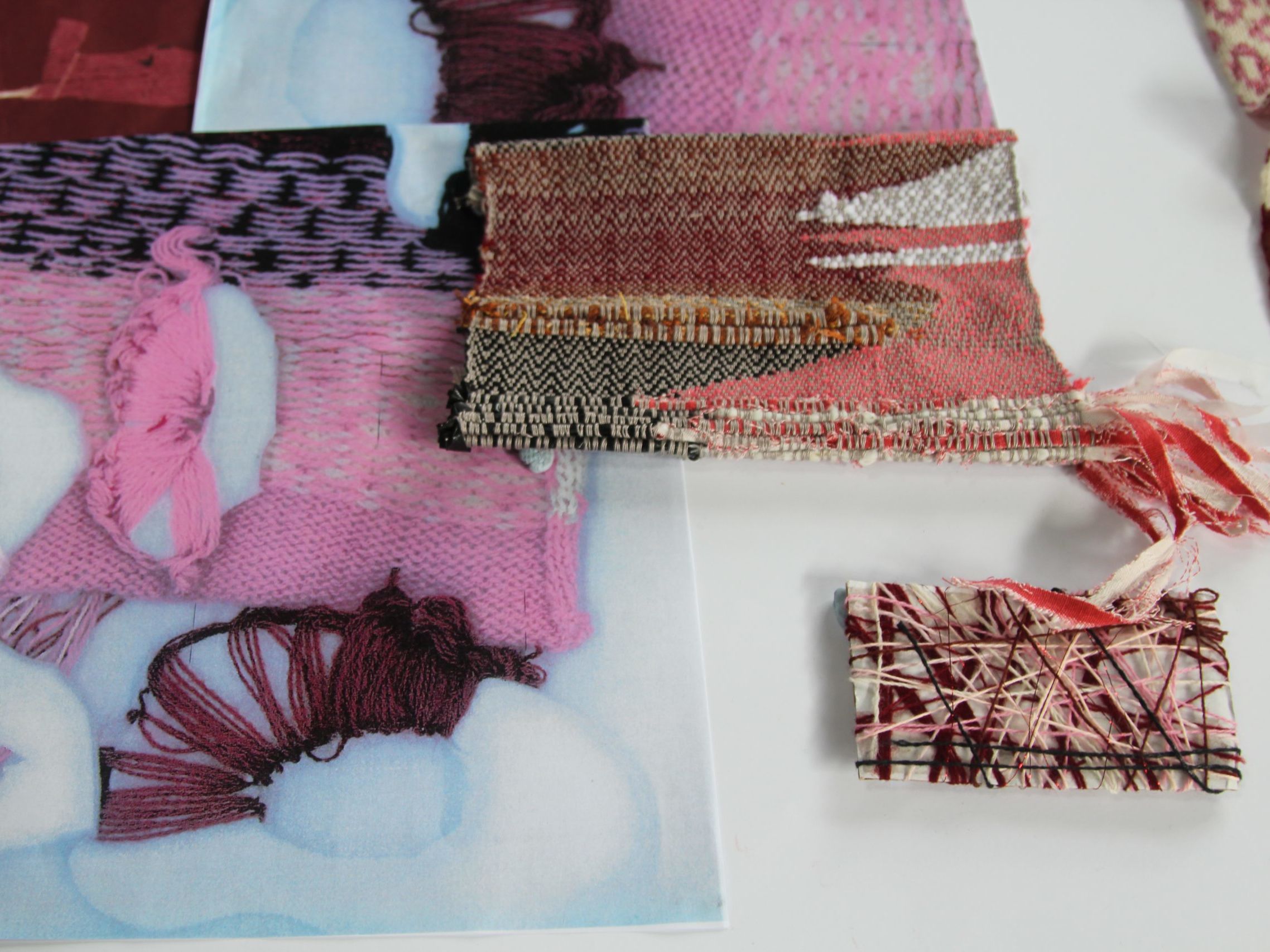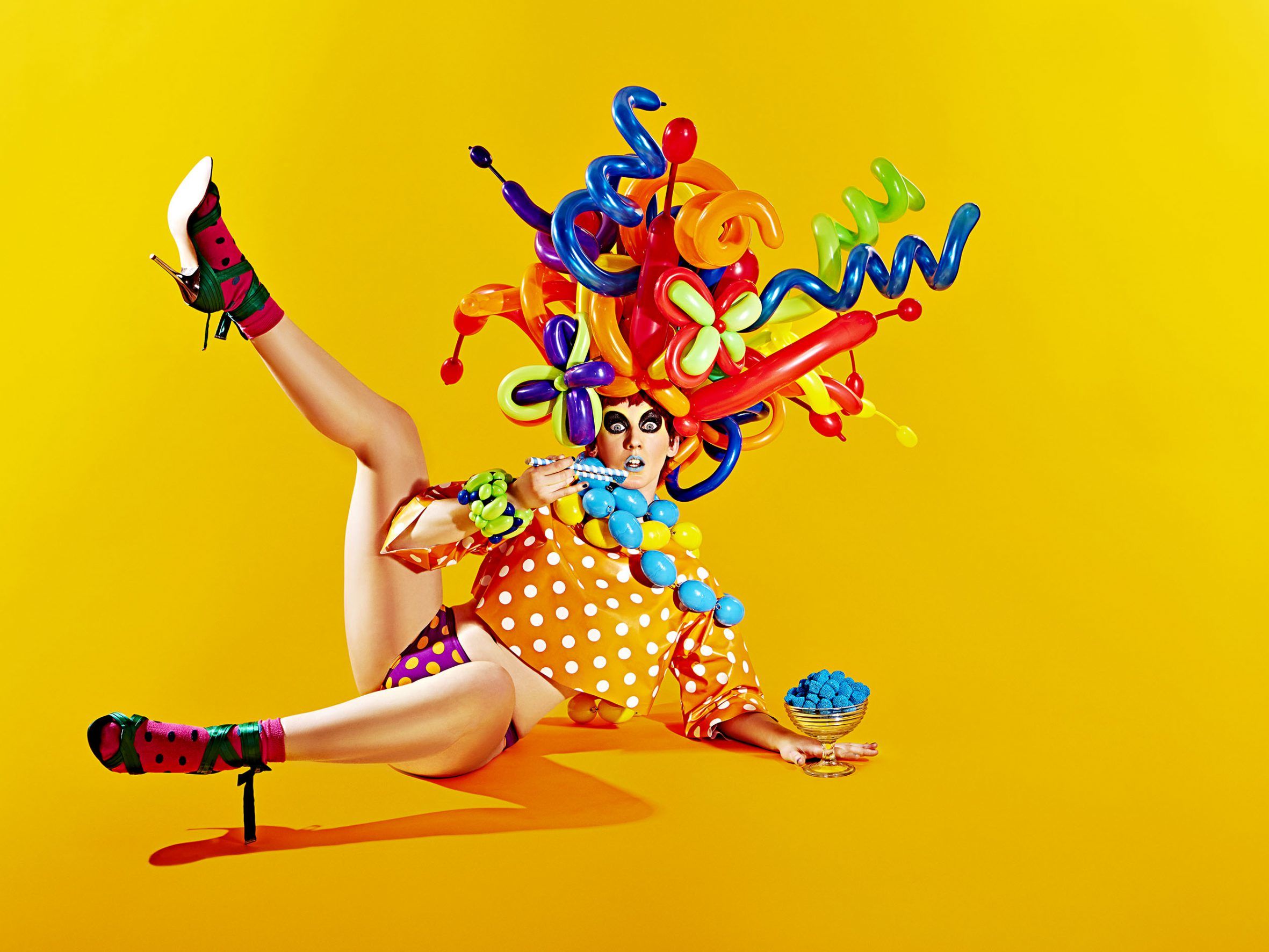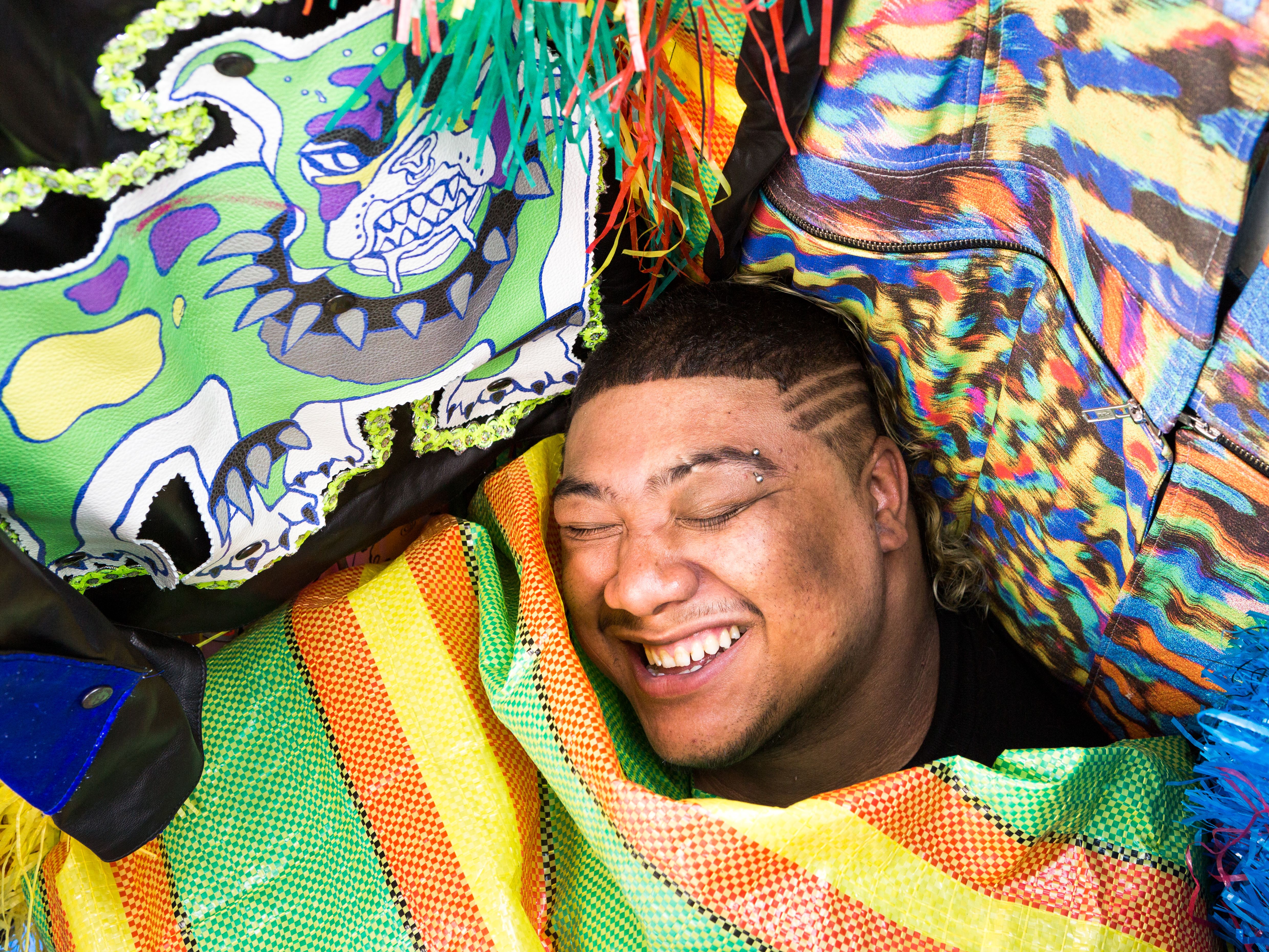The challenge
How do artists and designers generate ideas for colour from their first point of inspiration?
This challenge focuses on the process of developing ideas and designs from original photography.
It will help you create lots of inspired design work which you can use when you get back in the studio!
Many different ideas can spring from one source of inspiration. The strongest designs happen when the designer is always re-visiting and questioning their research. For this challenge, the original photos you take in part 1 below are your visual research material.

What materials do I need?
- A digital camera, or camera phone
- Any but not all of the following: paper scraps, old magazines, drawing/ painting materials, fabric scraps etc.
How long will I need to complete the challenge?
Part 1: Up to 1 hour each
Part 2 and 3: 1-3hrs depending on how detailed you want to go
Part 1: Collect your own original visual material
Take photographs from around your house or outside space which you feel contain interesting colour.
Take time to really look at things you may not have considered before.
Examples:
- The inside of a kitchen cupboard
- A jewellery box
- A shadow on the wall

Part 2: Make a colour board
Choose one of your images, the one you think has the most beautiful/ interesting colour in.
Depending on what materials you have, make a colour swatch representing the colours and their proportions in your photo. Use painting, colouring, collaging, stitching…etc.. any technique to make your swatch!
Top tip: Just focus on colour for now. If your image is 50% red make your swatch half red.

Part 3: Experiment with colour proportion
Now you can play with colour proportion. Make more colour swatches (using the same colours from your image). This time change the balance of colours each time.

Part 4: Build your own colour palette library
Create a library of as many colour palettes as you like from different photos. You can use these palettes in any creative project in the future.
Now you can move on to the next workshop and experiment with generating pattern and texture design from your own photography.




